The Unnecessary War Continues
These are terrible times. Israel is fending off enemies whose military might is noteworthy but whose public relations are breathtaking and frightening. Too many people have little understanding of the history of present day Israel or of ancient Israel and the subsequent Jewish Diaspora.
In an effort to celebrate both ancient and modern Israel, I am dedicating this blog to plants that honor Jerusalem, the capital of both ancient and modern Israel. I also wish to honor the ultimate sacrifice of too many IDF soldiers, particularly Naftali Gordon, related to us through the Offenbacher family.
The photo is courtesy of Times of Israel.

Jerusalem – Hierosoylma – Found in Botanical Names
Jerusalem Autumn Crocus
For the uninitiated, this flower, (Colchicum hierosolymitanum Feinbrun) is a trifle confusing. It is referred to colloquially as a crocus but it is from an entirely different family. The Colchicaceae are related to lilies, while true crocuses are from Family Iridaceae, and therefore related to irises. The Jerusalem Autumn Crocus blooms from late September through late November although its foliage appears already in January through end March. The familiar crocuses found in New York gardens are early spring bloomers where foliage and flowers appear at the same time although the true crocus that supplies us with saffron, Crocus sativus, is a fall bloomer.
For those of you looking closely at the two different flowers, crocuses have three stigmas and 3 stamens while colchicums have 3 stigmas and six stamens.
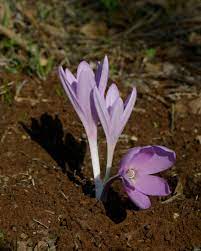
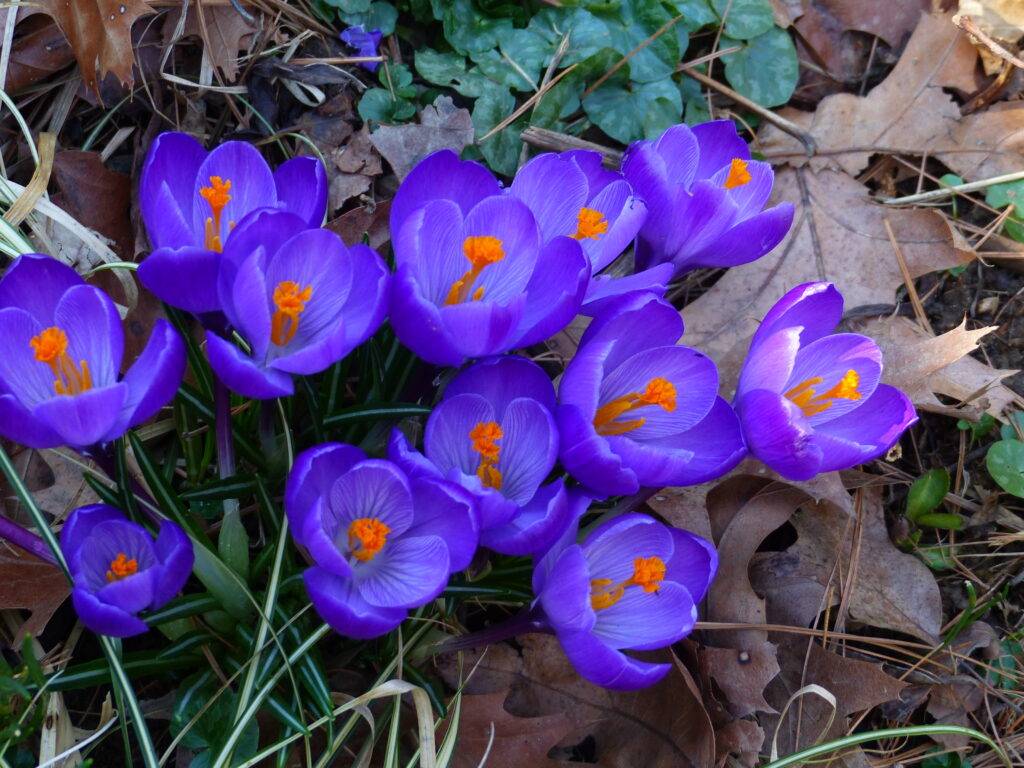
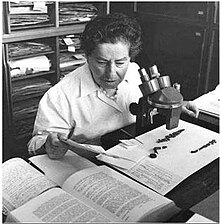
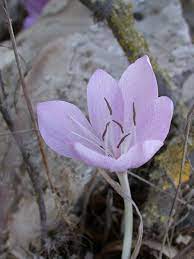
Once again, you will note a tag on the scientific name, in this case Feinbrun. This refers to Naomi Feinbrun-Dothan (1900-1995) who documented and named Colchicum hierosolymitanum in 1927. Specimens can be found in the collections of the Geneva Herbarium, Museum National d’Histoire Naturelle and University of Gothenburg. She was a Russian-born Israeli botanist who helped found the Jerusalem Botanical Garden in 1931 together with Michael Zohary and Alexander Eig. The colchicum flower colchicum feinbruniae has been named in her honor.
The Colchicum autumnale, the autumn crocus is still being used as a treatment for gout. It was already mentioned in the ancient Egyptian Ebers Papyrus from 1,500BCE for this purpose. The purified product is called colchicine which is also used in plant breeding and cytogenetics.
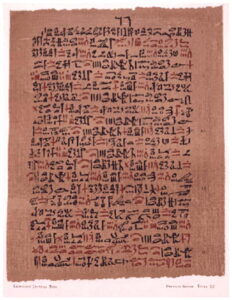
Jerusalem Vetchling
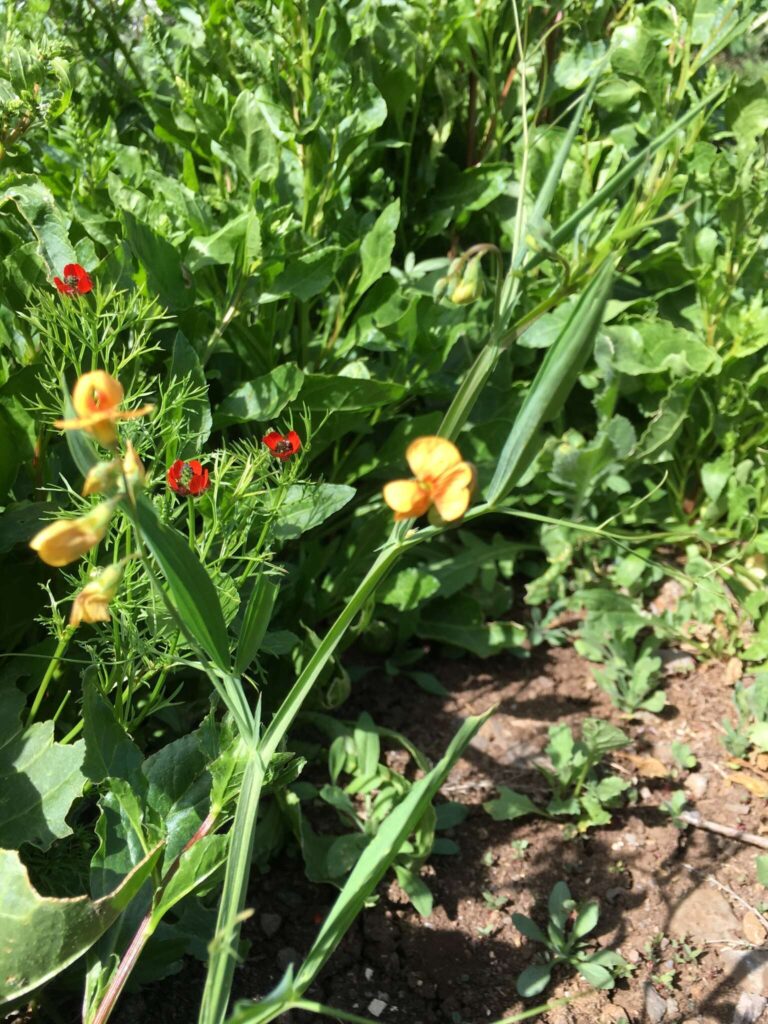
Lathyrus hierosolymitanus is a member of the Fabaceae or legume family which we see regularly in this column. The name Lathyrus, indeed, comes from the Greek lathyros meaning “pea.” This genus is also known as Pisum which is Latin for “pea.” It also has the subheading Boiss. which, as noted above, stands for the botanist Pierre Edmond Boissier. This plant is an annual and flowers from February through March.
Galium hierosolymitanum
It is a member of the Rubiaceae family otherwise known as the coffee, madder or bedstraw family. The name Rubiaceae was given by Pliny the Elder who named the madder plants Rubia tinctorum. “Ruber” means “red” in Latin and madder roots can be used to create two different red dyes.
This plant blooms from mid-March to mid-June, is found from Israel to Turkey and was described by Linnaeus in 1756.
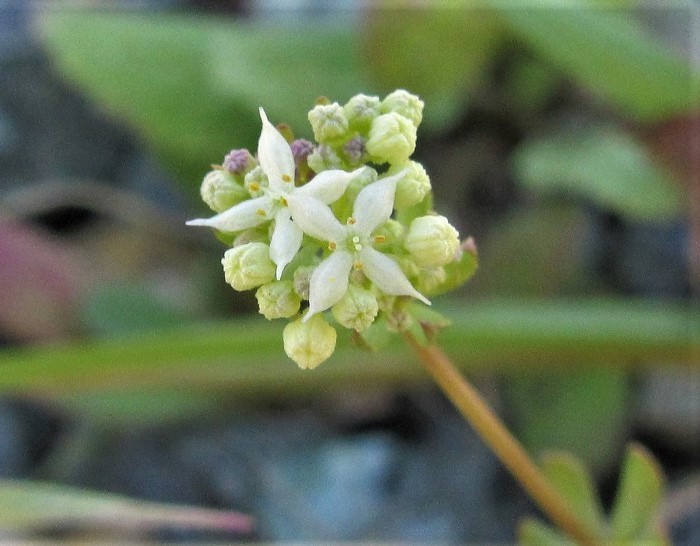
Jerusalem Sage
Years ago I visited Neot Kedumim , a botanical garden, which is the brainchild of Noga HaReuveni. The park itself spreads over 625 acres and contains numerous specialty gardens. The plants found here represent the wild and domesticated flora grown in ancient Israel. It was there that I was introduced to a plant that strongly resembles the menorah. This is the Jerusalem sage or Salvia hierosolymitana.
This plant is a member of the Lamiaceae family otherwise known as the mint, dead nettle and sage family. Many of our aromatic herbs are from this family including mint, rosemary and thyme. One of the identifying characteristics of this family is the square stem. I always enjoy handing a stem piece to someone and asking them to examine it carefully by rolling it through their fingers and identifying the shape. Everyone expects a round shape and it is often a source of much amusement.
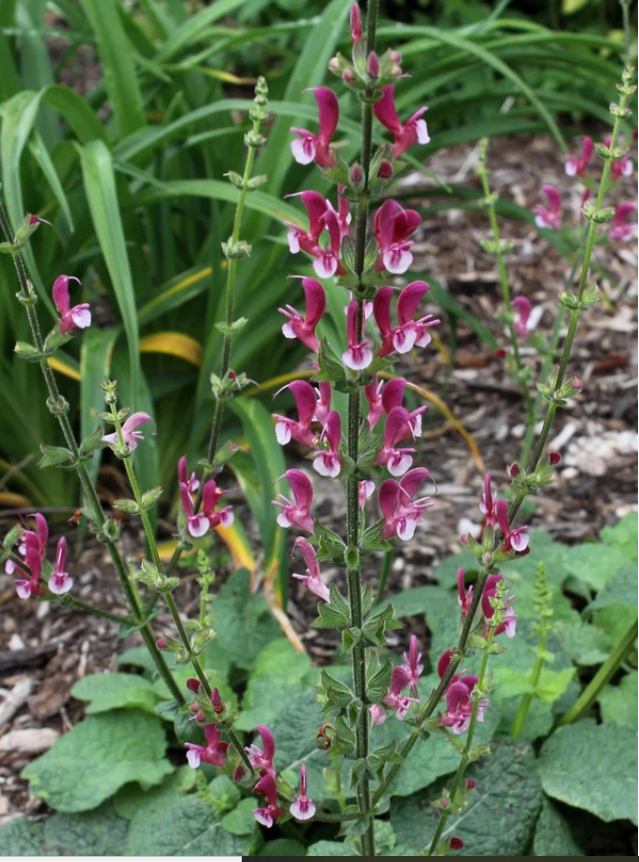
Salvia, apparently, derives from the Latin salvus noun meaning health and well-being. The noun became sawge in Middle English from the French sauge, whence our name “sage.”
It blooms from March through June. The color of the flowers that bloom in the hills of Judea and Samaria are a deep red while those flowering in the Upper Galilee are pinkish. It was first described by our old friend Pierre Edmond Boissier.
Nothing can replace our valiant young men who believe in the people of Israel in the Land of Israel and who gave their last full measure of devotion so that all of Israel’s citizens should be able to live in peace.